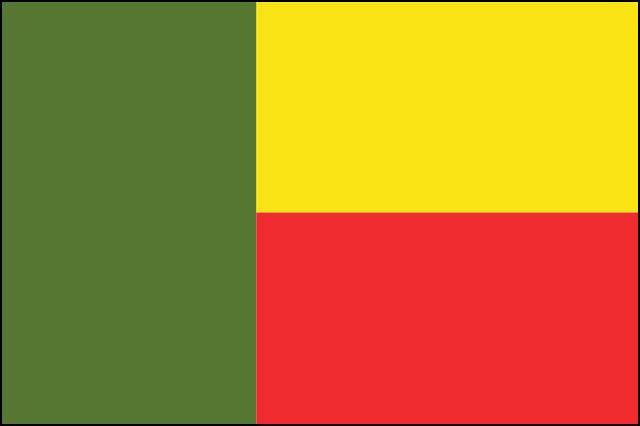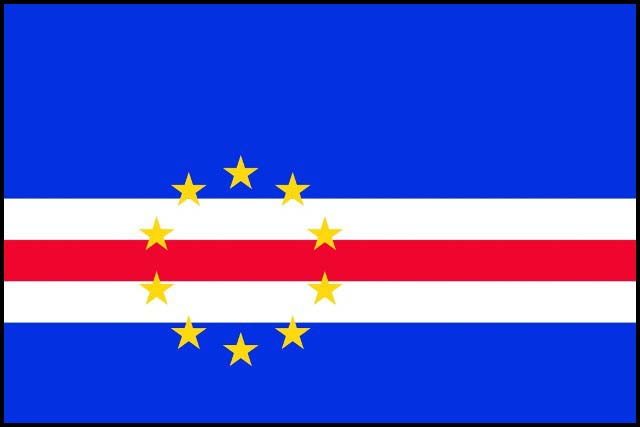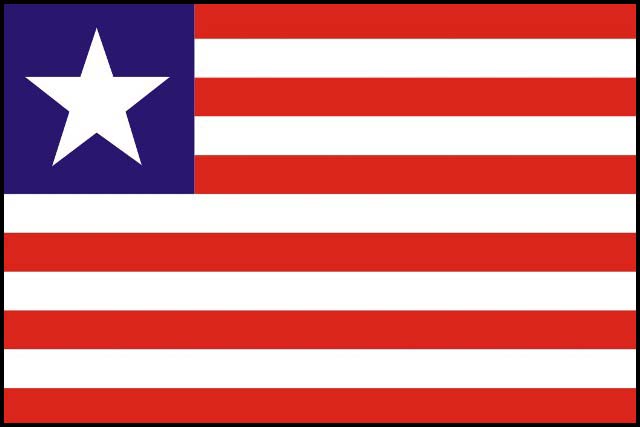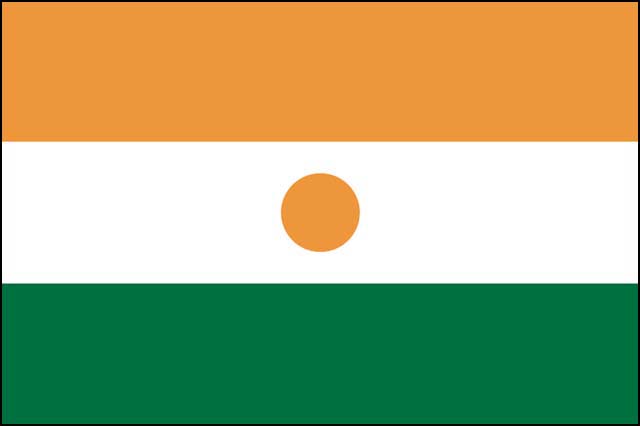Togo
Overview of the country
Togo is located in West Africa. Leaning against the Gulf of Guinea, it is opened to the Atlantic Ocean by its southern part for 56 km and bordered to the north by Burkina Faso, to the east by Benin and to the west by Ghana.
The country covers an area of 56,600 km², stretching about 700 kilometers from north to south, with a width not exceeding 100 kilometers. With a population of 7.78 million inhabitants, Togo is subdivided into five (5) administrative regions, which are, from North to South: the Savannah region, the Kara region, the Central region, the Plateaux region and the Maritime region where the capital Lomé is located, home to more than 2 million of the population. It gained independence on April 27, 1960. The official language used is French and the currency is the CFA franc.
Political, economic and social context of the country
- Political context
Since the crisis of the 1990s, Togo has made enormous progress in terms of democracy. At the institutional level, the independence, vitality and strength of the institutions of the Republic are a reality with a regular renewal of the institutions of the Republic, including, the election of a multiparty National Assembly (2007, 2013), the renewal of the members of the Constitutional Court (2014), the establishment of the High Commission for Reconciliation and the Reinforcement of the National Unity (HCRRUN) (2015), the appointment of the Mediator of the Republic (2015), the presidential election (2010, 2015), renewal of members of the High Authority for Audiovisual and Communication (HAAC) (2016).
Togo has many political parties and movements, nine of which are represented in the National Assembly. The decree on the distribution of the seats of deputies in the National Assembly (NA) by electoral constituency subdivides the national territory into thirty (30) electoral constituencies and the number of seats for deputies has been increased from 81 to 91. This allows a better representativeness of the populations in the NA in accordance with the recommendations of the previous elections. The political dialogue was accompanied by a strengthening of the area of press freedoms.
These achievements have enabled Togo to improve the democracy index, which assesses the degree of a country's transition to a democratic regime and a market economy. Indeed, according to the evaluation of « The Economist Group », Togo's score on this index has increased from 1.8 (on a scale of 1 to 10) in 2006 to 3.4 in 2015. Similarly, according to the 2017 Mo Ibrahim Index report of Governance in Africa, Togo is one of the countries whose governance is improving. The global governance mesurement Index has increased each year to 51.7 (out of 100) in 2016, placing the country 26th out of 54 african countries ranked.
Despite these achievements in terms of political governance, and despite the government's desire to rebuild the foundations of social cohesion, many challenges remain to be met in this area, in order to consolidate and make sustainable democratic structures, including the promotion of respect for differences and democratic values as well as the strengthening of the sense of belonging to the Nation and solidarity among the populations.
Togo is a member of the United Nations (UN), the African Union (AU), the Economic Community of West African States (ECOWAS), the West African Economic and Monetary Union (WAEMU) and the Organization of the Islamic Conference.
- Economic context
Togo has experienced a strengthening of its economic growth since 2010. Real GDP growth has been positive and sustained since 2008, rising from 3.9% in average over the period 2008-2012 to 5.2% over the period 2013-2016 , with a peak of 6.1% in 2014. This growth trend is maintained, as a result of the improvement of agricultural productivity, the revival of the production of extractive industries (phosphate and clinker), and the increase in public investments. , especially in transport infrastructure. It stood at a rate of 5.3% in 2019, compared with 4.9% the previous year, while inflation remained contained at 0.4%.
These performances were driven by good progress in the primary sector at an average rate of 5.5%, despite its vulnerability to exogenous shocks (climatic hazards, world prices of agricultural products), followed by the commercial tertiary sector which recorded an increase of 4.3%, due to an upturn of activities in the transport chain (5.7%), and in the Banking and Insurance sector (6.0%). The secondary sector contributes 4.1% (below the average GDP rate of 5.1%).
State revenues have increased to reach 750 billion CFA francs in 2018, four times more than in 2015. Income per capita has risen from 350 to 672 dollars over the past four years. The public finance debt threshold has been reduced to 69%, in accordance with WAEMU injunctions.
For the coming years, forecasts indicate a growth of 5.5% in 2020, owing to the combined effects of domestic demand and the good health of the Autonomous Port of Lomé, whose traffic has increased by nearly 25% since modernization of its quays in 2015.
The National Development Plan (PND_2018-2022), estimated at 4,622 billion CFA francs, is largely based (2/3 third of the budget) on private sector financing which therefore benefits from a healthy and promising macroeconomic context. In fact, Togo has undertaken major reforms (resulting in the establishment of a series of facilities to encourage the installation of investors) which have significantly improved the business environment, placing Togo among the best countries. in the World Bank’s `` Doing Business '' world ranking, i.e. a leap of more than 19 places. These reforms thus aim to encourage and catalyze private investment and mobilize foreign financing. Among these reforms, it is important to highlight the new investment code and the new land and estate code, which aim to further strengthen the security of investments and reduce employers' charges.
- Social context
Welfare indicators have improved slightly in Togo. Indeed, the Human Development Index (HDI) rose from 0.426 in 2000 to 0.484 in 2014 (World Human Development Report, UNDP 2016). Togo's global HDI rankings has improved by 4 places. Within the West African Economic and Monetary Union (WAEMU), it occupies the first place. Togo generally follows the average of the WAEMU countries in terms of socio-economic development.
It stands out notably in terms of education and access to adequate housing. The literacy rate has increased sharply, from 65% in 2008 to 94% today, driven by a policy of free education for students in public pre-school and primary schools from the start of the 2008-2009 school year. Regarding the gender parity, it is on a satisfactory trend at the primary level (0.95 in 2008).
Despite this progress, Togo remains in the group of countries with low human development over the concerned period. Socio-economic disparities, particularly gender inequalities, and the unequal redistribution of the fruits of growth prevent a large section of the population, less well off, from benefiting from their share of the country's economic progress.
The major challenge for the government for the coming years is to strengthen the development of basic social services as well as inclusion’s mechanisms.
Agro-sylvo-pastoral and fishery sector
Togolese agriculture is the main engine of the Togolese economy. The agricultural sector (i) employs nearly 70% of the working population; (ii) contributes up to 40% to the creation of the national wealth; (iii) generates more than 20% of export earnings. It is the sector which concentrates the greatest potential in terms of business opportunities and rapid creation of employment and wealth, particularly for young people and women.
The cultivable area is estimated at 3.4 million ha, of which about 50% is cultivated. Two climatic zones characterize the country: in the south, the climate is subtropical with two rainy seasons alternating with dry seasons and in the north, the climate is Sudanese, with a single rainy season. The country has a vegetation composed of savannas and forests, with a rich hydrographic network, made up of a multitude of watercourses that feed two (2) large rivers that cross the country both in its length and in its width, making it possible to irrigate large farming basins. These agro-climatic and ecological characteristics provide the country with a diversity of agro-sylvo-pastoral productions, with a large range of species and speculations produced. Thus, Togo produces a wide variety of vegetable products, composed of cereals (maize, rice, sorghum, millet, fonio, etc.), tubers and roots (yams, cassava, sweet potato, taro), legumes (cowpeas, beans, soya, groundnuts, voandzou etc.). The main cash crops are cotton, coffee, cocoa, while certain so-called "diversification" crops are developing, notably cashew or cashewnut, sesame and shea. The agricultural landscape is also adorned by a variability of fruit trees, mainly composed of pineapple, banana, mango, orange etc. and a wide variety of vegetables, some of which are rich and endogenous, and which are part of the basic gastronomy of the population (lettuce, tomato, carrot, gboma, ademe, etc.).
The breeding livestock consists mainly of cattle, small ruminants and poultry of various kinds. Special breedings (of rabbits, agouti etc.) are also developing. Being a country with significant vegetation, Togo also remains a country of transhumance, receiving millions of head of cattle each year from neighboring countries of the Sahel. To minimize, curb and properly manage these transhumance activities which each year cause conflicts between farmers and transhumants, the country has been developing for several years now an operational transhumance management plan, involving all stakeholders since the local level.
The silvicultural activity mainly consists of the planting and exploitation of wood for the timber industry, particularly at the national level and for various needs.
Additional information
These convincing results can be summarized as follows:
- appreciable agricultural growth, rising from 3.95% in 2010 to 7.7% in 2017, or an average of 5.8% per year, close to the annual target set at 6% at least under NEPAD. The GDPA has experienced a gradual increase from 644.26 billion Fcfa in 2010 to 1 168.15 billion Fcfa in 2017. The sector's contribution to GDP growth is an average of 1.68 points or 29% of the total growth rate.
- an improvement in the trade balance of agricultural products with a deficit which is reduced by more than 25%, from 59.8 billion FCFA in 2011 to 44.7 billion FCFA in 2017;
- an incidence of poverty falling by 9.7 points in rural areas (73.4% in 2011 to 63.7% in 2017) against a drop of 5.2 points at the national level (58.7% in 2011 to 53 , 5% in 2017), according to the results of the QUIBB surveys.
- a global surplus food balance, with a coverage rate for food product needs that rose from 90% in 2008 to 137% in 2017 in terms of crop production. This rate has increased from 51% in 2012 to 58% in 2017 for meat products. In contrast, the coverage rate for fishery products has decreased, falling from 35% in 2010 to 29% in 2017.
- a prevalence of undernourishment down 16.16 points (from 32.8% over the period 1990-92 to 16.2% over the period 2016-2018), a marked improvement trend, compared to the averages of the 'Sub-Saharan Africa over the period (33.3% and 22.3%).
- foundations for the development of agro-industry laid down through support for the emergence of micro and small agricultural products processing units, called to transcend into agro-industrial SMEs / SMIs.
The sector occupies a prominent place in the National Development Plan (PND), in particular through the development of agricultural processing poles and the strengthening of social development and social inclusion.














